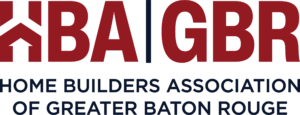With the end of 2020 approaching and a vaccine now being deployed, NAHB’s Eye on Housing is reviewing the posts that attracted the most readers over the past, dramatic year — a year that saw housing emerge as a bright spot for an economy under stress. In December, the NAHB Economics team provided data from our Home Building Geography Index… Read More ›
With the end of 2020 approaching and a vaccine now being deployed, NAHB’s Eye on Housing is reviewing the posts that attracted the most readers over the past, dramatic year — a year that saw housing emerge as a bright spot for an economy under stress. In March, the NAHB Economics team reported on the quick and aggressive actions by… Read More ›
With the end of 2020 approaching and a vaccine now being deployed, NAHB’s Eye on Housing is reviewing the posts that attracted the most readers over the past, dramatic year — a year that saw housing emerge as a bright spot for an economy under stress. In September, the NAHB Economics team examined the run-up in lumber costs that occurred… Read More ›








